When I plan out my garden beds for the spring planting season, I always designate one whole bed for growing melons. I never question the allotment of space, because come late summer, it’s always totally worth it! I consider them to be my sweet jewels of the summer. The sweet, juicy, succulent bite of a home-grown melon is a heavenly experience.
“When one has tasted watermelon he knows what the angels eat” – Mark Twain
Here are some tips I use for growing melons in the Garden of Eatin’
Environment
Melons are not cold-friendly. Melons require two things; hot weather and an 80-90 day growing season. With 100º days and 100% humidity for roughly 5 solid months, the Tennessee summers meet that criteria perfectly. I consider melons to be the silver lining to the misery that is the summer sun.
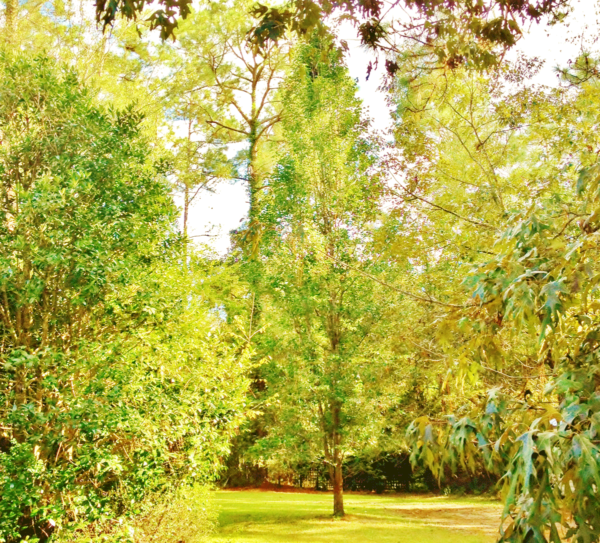
Type
There are over 900+ types of melons! Make sure you check the variety of characteristics before you go planting. Do you want jumbo melons? Aromatic melons? Super sweet melons? Less-sweet melons? If you’re planting in limited space, pick a type that grows in limited spaces. The Sugar Cube melon is a great variety. I always grow Old TN Cantaloupe and some form of muskmelon in my melon bed.
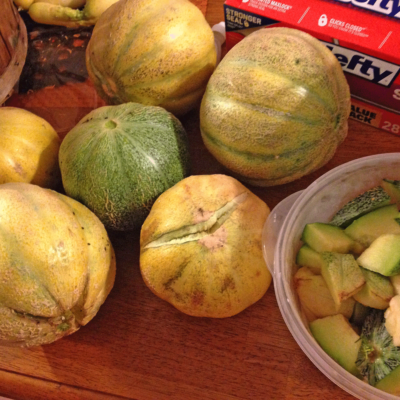

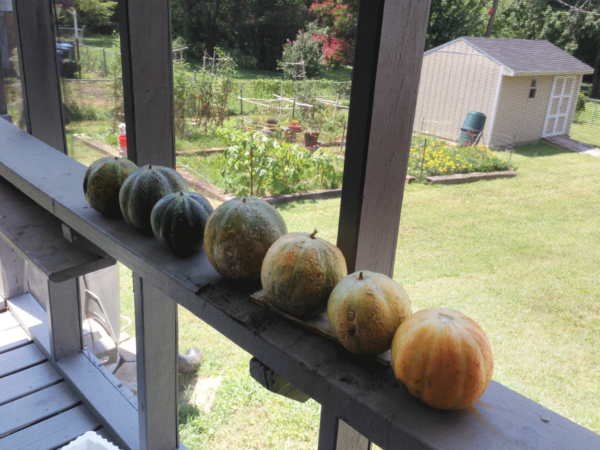
Location
Melons need the full blast of the sunshine. Melons need at least 6-8 hours of DIRECT sunlight, to fully produce the sweetest melons. I designate the garden bed with the most sun exposure as my melon bed. That particular garden bed receives a full 9 hours of sunshine at the peak of summer.

Soil
I recommend testing your soil, so you know what you’re working with. The local agriculture department will test your soil or you can get a soil testing kit. You’ll learn what nutrients need to be amended before you go planting. Melons are heavy feeders and require their soil pH between 6.0 & 6.8. I add some compost to my melon bed during tilling to beef up the nutrients. Calcium is also a good thing to add to your melon bed. It encourages a thick fruit wall and limits the chance of fruit splitting.
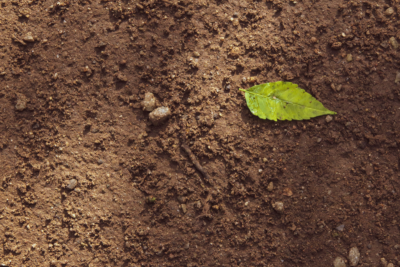
Seeds or Plants
You can either purchase starter plants or grow them straight from seed. I prefer growing from seed because it gives me more choices. I can plant whatever type I want. Some melons you’ll only ever get to taste, if you grow them yourself, from seed. Relying on starter plants can limit your melon growing choices, but it eliminates the vulnerable seedling stage. A more established plant has a stronger defense system against insects.
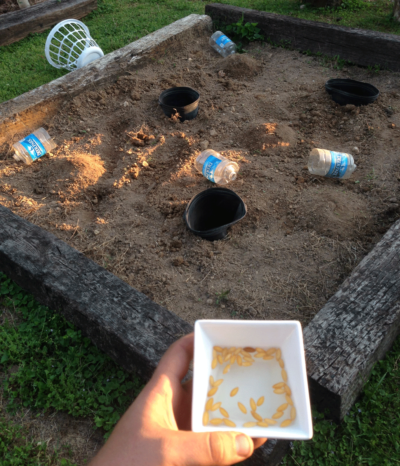
Space
Melon vines need a lot of room to sprawl. Rule-of-thumb suggests spacing plants between 24” – 36” apart. I plant in an 8’ x 8’ area, so I plant two rows of 3 plants.



Melons do well when grown in dirt mounds. After I til my bed, I fill a container with moist soil and dump it in a mound, sand-castle style. I make two rows of three mounds, then I sow 4-5 melons seeds in the center of each mound.

Once the vines start climbing over my barriers, I just fold them back on top of each other. I found this highly effective at keeping in the humidity. I went to pull back the leaves and was met with a wave of heat.
Melons can be also be grown vertically if you’re limited on space. This keeps the fruit up off the ground and away from insects. Just make sure you have a strong support system. I used bamboo for sports and old t-shirts for slings for one season. It worked great!
Watering
Melons are made of primarily water. That results in super heavy drinkers. Especially during the dog days of summer. Aren’t we all?
They require 1-2” of water per week. That’s a lot of water. Get ready to be watering every day during the peak summer heat. Here’s a trick I learned.
I use the 1-gallon plastic containers that azalea bushes come in, as my watering holes. They are perfect-sized, durable, and have pre-cut drainage holes in the bottom for slower water drainage.
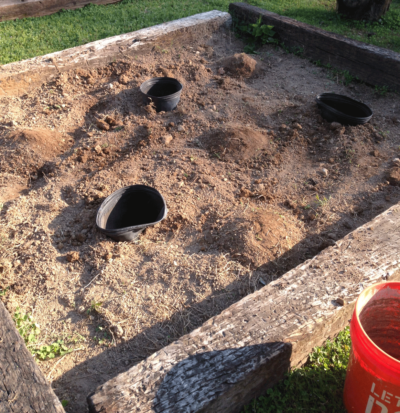
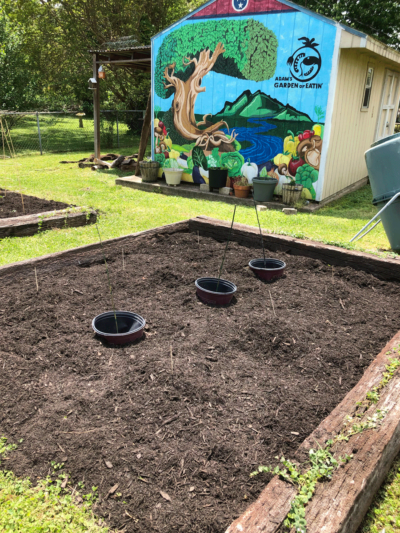
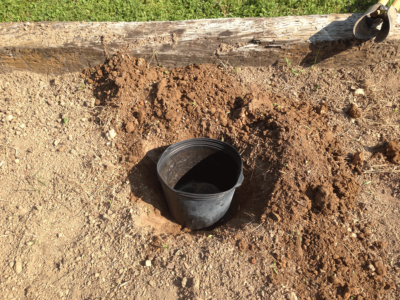
I bury three containers in between my melon rows and place markers to mark the holes. Marking my watering holes helps for later in the summer, when the vines have sprawled out and covered over everything. The markers give me a reference to where to point my garden hose.
My watering buckets allow me to push a lot of water directly to the roots. Strong roots = strong plants = strong melons.
Plus it limits the amount of water that gets on the leaves.


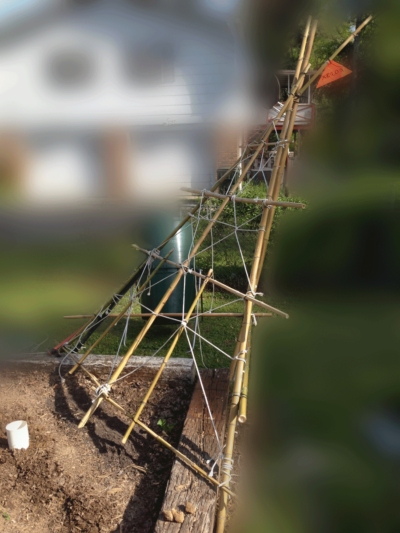
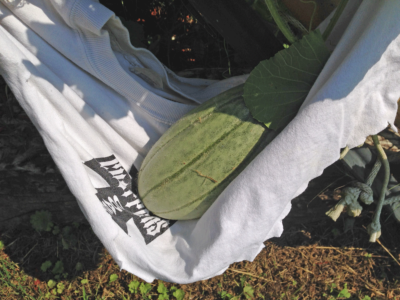
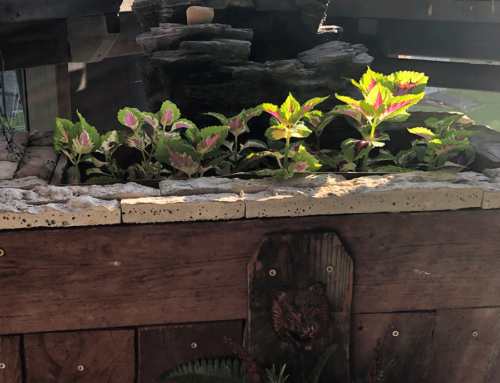

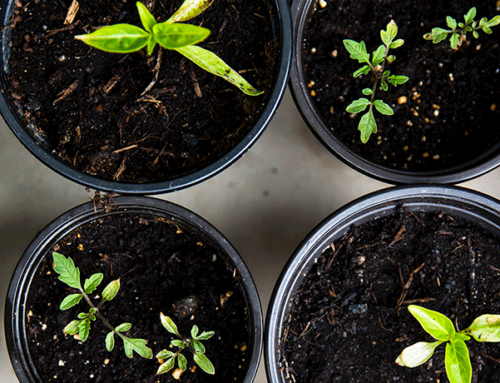
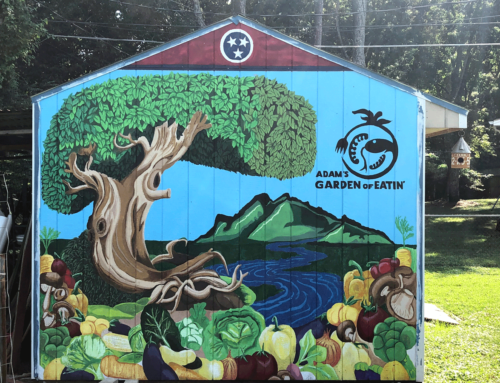
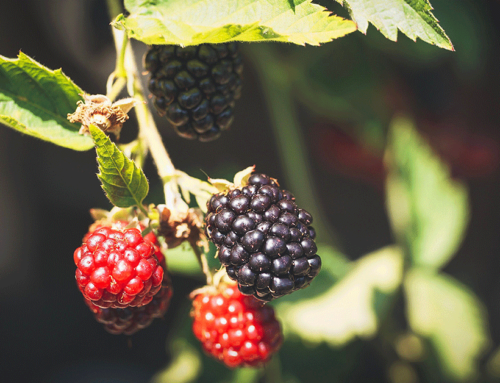
Brilliant idea with the watering buckets!!
Melons are some of my family’s favorite summertime treats!
These are some great tips!
Great tips! I love your garden beds, we want to start a garden next year!
Good Luck with your garden! It’s a great thing to do.
Amazing tips – I’m UK based and have never managed to grow melon of any kind. From reading this post I reckon it’s because we don’t get the heat and sun needed. Although I’m randomly having some success with a lemon seedling this year! Will keep coming back for more growing tips – especially with the cost of living crisis!
Thank you! Yeah, heat and humidity are needed to grow melons. Some places are better than others. I’m just “lucky” to live in a place that has plenty during the summer.
I will try this
I love the trellis! We get horrible bugs here and they’ve eaten pretty much every melon we had. I’d love to get them off the ground and we have a TON of old tshirts laying around
A perfect way to use old shirts. Bamboo and old t-shirts work great as a vertical melon trellis.
If I ever have garden space, your articles will be my “go-to” site for advice!